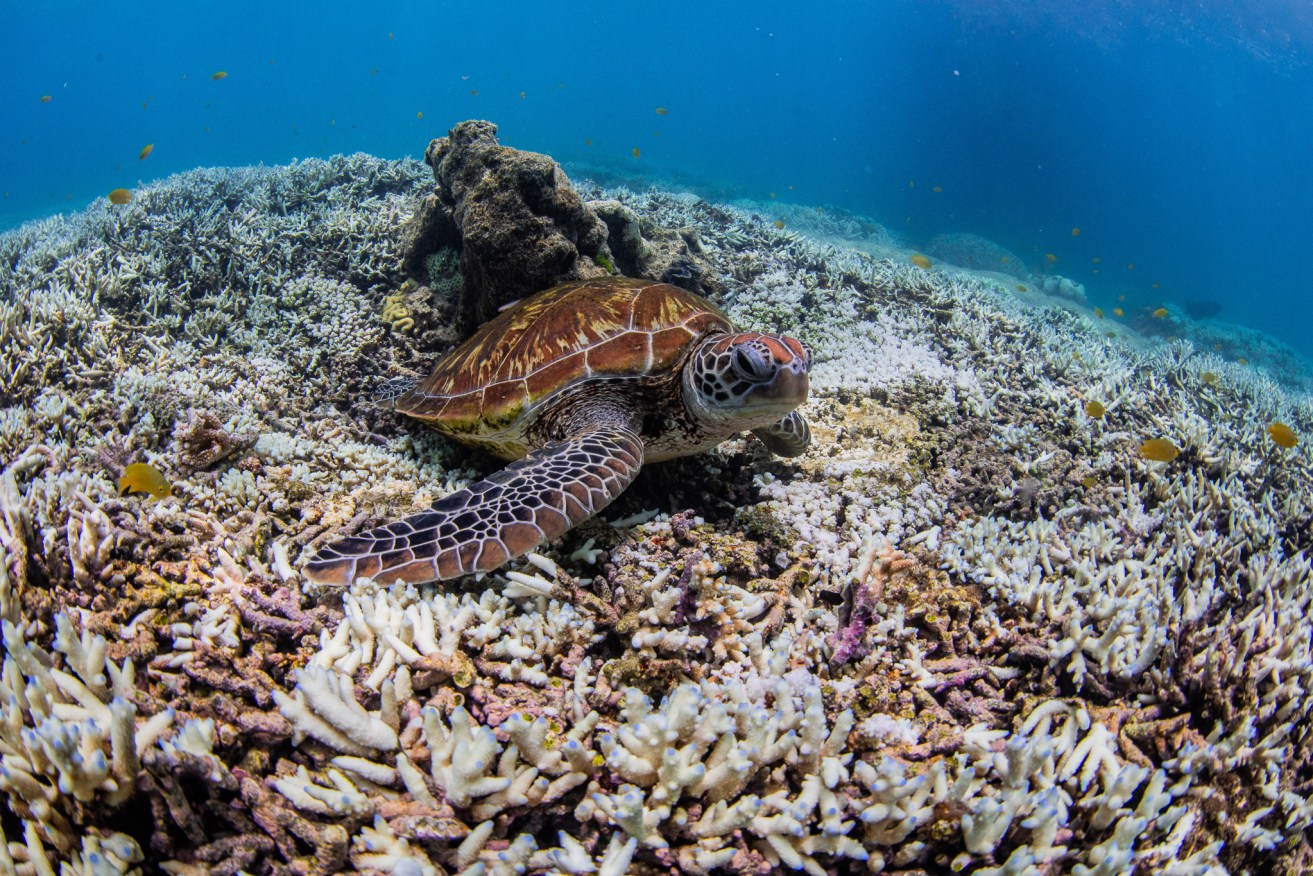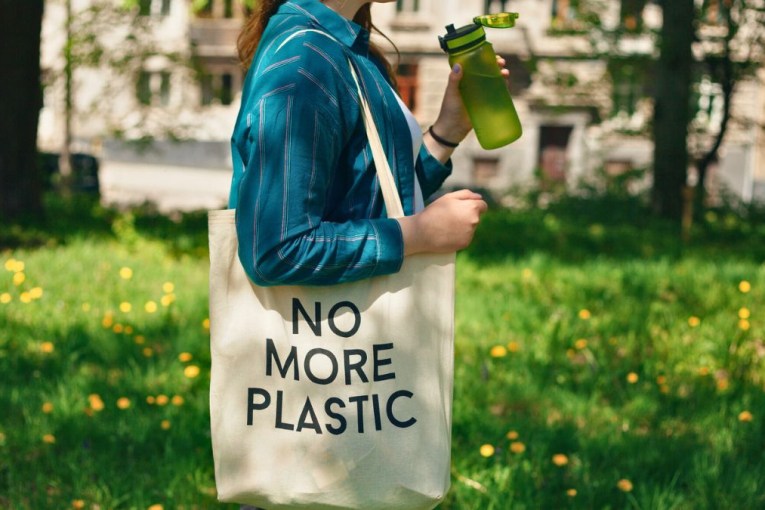Great Barrier Reef in the grip of mass bleaching

Widespread areas of the Great Barrier Reef have been hit hard by the ecosystem's fifth mass coral bleaching event in eight years. Photo: AAP
The Great Barrier Reef is being devastated by its fifth mass bleaching event in eight years due to heat stress caused by climate change.
Conservation and climate action groups are not surprised by what’s unfolding at hundreds of sites along two-thirds of the reef.
They say there will be more of the same in years to come if Australia continues to exploit the fossil fuels that cause climate change.
“The current federal government has approved at least five new fossil fuel projects since the last mass bleaching event (in 2022),” the Climate Council’s Simon Bradshaw said on Friday.
“With more than 20 fossil fuel proposals on the Environment Minister’s desk, there’s a risk more high-polluting projects could be waved through, further endangering our reef.”
The summer heat had turned corals white at 300 sites observed from the air – from Cape Melville, north of Cooktown, to about Bundaberg, at the southern end of the reef, the Great Barrier Reef Marine Park Authority said.
Bleaching is not always fatal but corals are likely to die if temperatures remain higher than normal for too long.
If they don’t die, bleaching makes them more vulnerable to disease and can affect reproduction.
“The results are consistent with what we have seen with above average sea surface temperatures across the marine park for an extended period of time,” reef authority chief scientist Roger Beeden said.
“Climate change is the greatest threat to the Great Barrier Reef, and coral reefs globally.”
The event mirrors what has happened to other reefs in the past year.
Northern hemisphere reefs have suffered bleaching as a result of climate change, which has driven elevated sea surface temperatures, amplified by El Nino conditions in the Pacific Ocean.
The Australian Institute of Marine Science, which collaborated on the aerial surveys, said teams needed to get into the water to determine the severity of the bleaching.
WWF Australia’s oceans campaigner Richard Leck said southern parts of the reef had escaped severe impacts during previous bleaching events.
The current underwater heatwave however is most intense in the south.
“Unless we see a significant drop off in temperatures in the next few weeks, the risk of significant coral mortality is high,” Leck said.
He said the federal government must follow Queensland, which recently boosted its emissions reduction target to 75 per cent by 2035.
–AAP








